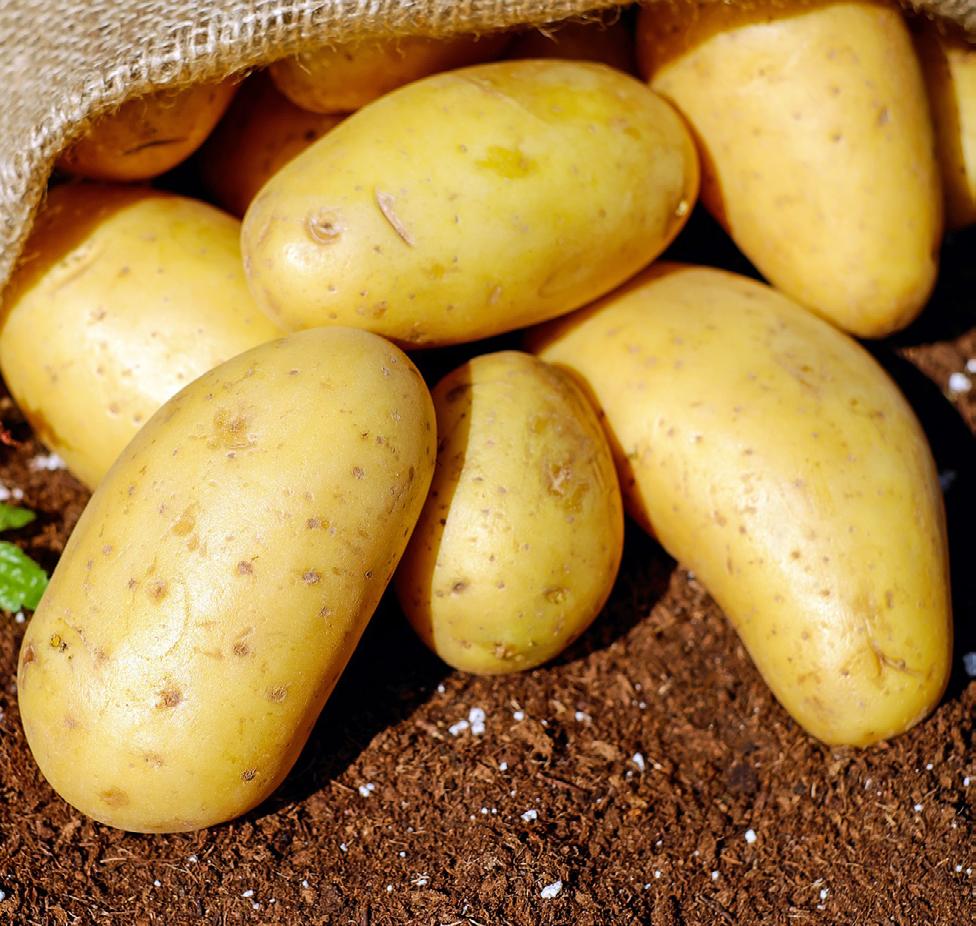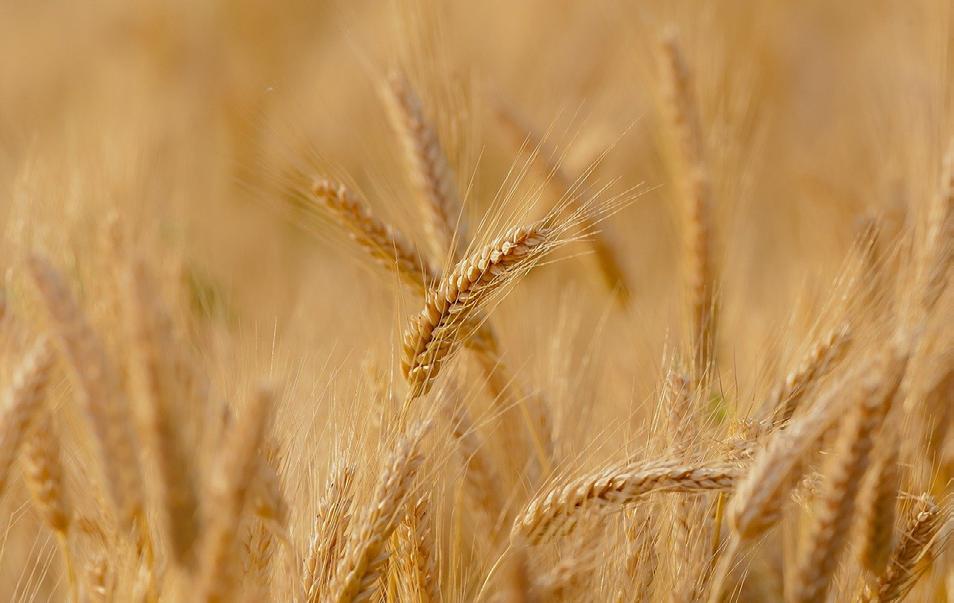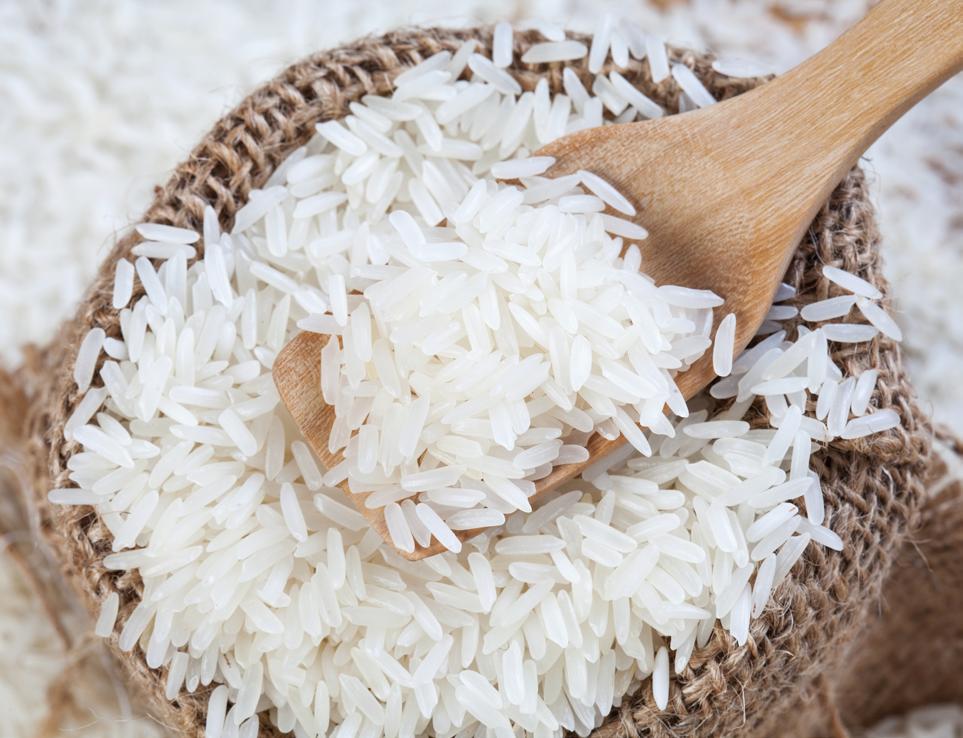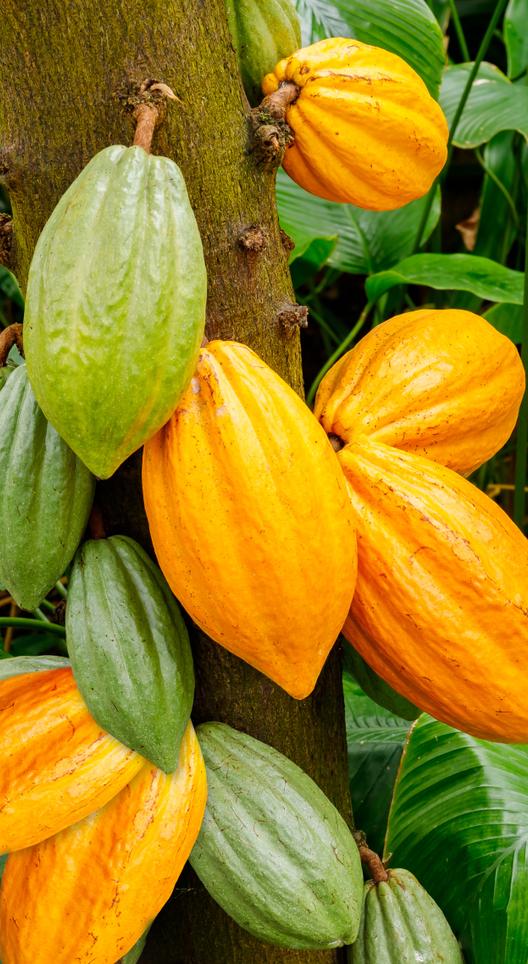
4 minute read
Raw commodities
by allmanhall
Potatoes
Potatoes are typically planted in the spring to be harvested from June through to October. Last year’s dry conditions were disastrous for UK and European potato yields. Not only did the drought conditions stunt growth, but pest presence and incidents of disease increased, and the hard ground made harvesting incredibly difficult in many areas.
Crops harvested last year have not stored particularly well. Quality is generally poor and there is a serious shortage of large bakers, which will only become more difficult as we move through the year, towards the new season’s harvest.
Market prices are currently very high and increasing, UK white potato prices are currently sitting at £245 per metric ton and are up by over 150% year-on-year. It is hoped that high prices will help to improve the amount of land dedicated to potato farming. However, many farmers have already taken the decision to reduce the amount of land they will devote this year, while some have decided to abandon potatoes entirely. Cedric Porter, the managing editor of World Potato Markets, estimates there will be a 10% reduction in the land being used to grow potatoes in 2023.
With production costs escalating and uncertainty about future rainfall levels, British farmers continue to turn away from growing potatoes, instead choosing to use their land for alternative crops such as wheat, sugar beet or rapeseed oil, which are seen as relatively low risk as they require much less labour, irrigation, disposable packaging and no cold storage.
Early volumes of Jersey potatoes are coming through and reports suggest that crops are performing reasonably well. The muchanticipated Jersey Royal has started to hit the shores of Britain. The famous potato has been grown on the steep slopes of the island of Jersey for over 130 years and the traditional method of covering the crops in local vraic seaweed fertiliser is still observed, although modern methods are more common. During May, the small Channel Island can export up to 1,500 tonnes of the new potatoes daily.
Wheat

With Ukraine and Russia accounting for 30% of global wheat exports, global wheat prices have been very volatile. The average price in March was roughly £266, around 60% higher than 2018.
The Black Sea Grain Corridor was formed in 2022 to allow for the export of foodstuff including grain from Russia and Ukraine through a safe corridor in the Black Sea. This has been vital in supporting the supply of wheat milling across the world and has allowed over 25 million tonnes of grain and other foodstuffs to be exported. There were concerns that the expiry of the deal, due on 18 March, could lead to higher prices as supply is impacted. Whilst an extension to the deal has been announced, for how long is another question. Ukrainian Deputy Prime Minister of Reconstruction, Oleksandr Kubrakov, said the extension would last for 120 days whilst the Russian Foreign Ministry said Moscow agreed to a 60-day extension of a deal.
Wheat inventories of the world’s largest exporters, including Australia and Canada, are at their lowest levels since 2007/2008. Lack of availability will make markets volatile.
Rice

54% of the global rice production is produced by India and China; whilst India, Thailand and Vietnam are the world’s largest exporters accounting for circa 65% of global rice exports. In terms of commodity price dynamics, China and India set the market floor, so what happens in these markets sets the tone for global prices. High fuel, fertiliser and freight costs, alongside greater trade polarisation have led to significant price rises. Over the last twelve months rice prices in India have risen by 21%, Thailand by 16% and Vietnam by 5%. August marks the start of the main harvest in China whilst September marks the new season harvest for Indian Crop.
Sugar
The outlook for future sugar price movement is uncertain. Prices for sugar cane and beet traded on the Intercontinental exchange have risen by 24% over the last twelve months to levels last seen in 2011. Brazil is the world’s largest exporter accounting for 43% of global exports but assessing future movement is complex as some input costs are reducing such as falling shipping costs, whilst others are counteracting these, such as rising energy costs.
Cocoa
Growing in the natural habitat of the lower storey of the evergreen rainforest, cocoa plants thrive in high temperatures and a hot and humid atmosphere. With plentiful and well-distributed rainfall encouraging crop growth, rain is the climatic factor that can have the largest impact on the yield of cocoa plants. The 2022/2023 cocoa season runs from 1 October to 30 September, and with Cote d’Ivoire, Ghana and Ecuador being the three largest cocoa producing countries, there is much focus on the 2022/2023 midcrop for cocoa which began from 1 April.
Looking back to March 2023, cocoa futures prices rose as reports of low bean arrivals at ports led to concerns that contracts would not be fulfilled. With concerns that the lack of rainfall in key West African growing regions was affecting yields, early data from the 2022/2023 season had shown a decrease in processing activities, although the volumes of cocoa beans arriving at ports in Cote d’Ivoire were only 5% lower than the previous year. Whilst the rain has now returned, boding well for the mid-crop and later main crop, the market remains uncertain as some still perceive there to be a lack of availability of beans, despite bean availability being good. As of the beginning of April 2023, cocoa prices are 20% higher than the five-year average at 2181 GBP per metric tonne versus 1816 GBP in early 2018 (Mintec, Cocoa bean London ICE). There are still some concerns over the quality of some West African crops which has limited any decrease in cocoa prices. With the ongoing war in Ukraine limiting the Russian exports of potash and fertilisers, some cocoa farmers have struggled with the supply of these which can have a knock-on effect on the crop quality.

With cocoa mass being the main ingredient in chocolate and cocoa powder as a flavouring agent across products such as cakes, ice cream, biscuits and drinks, cocoa products make a considerable contribution to our food and drink choices. Although the growing and processing of cocoa looks to be stabilizing, pricing remains high and as with all commodities, the increases across energy, labour and transport factors continue to drive higher prices across the market.










